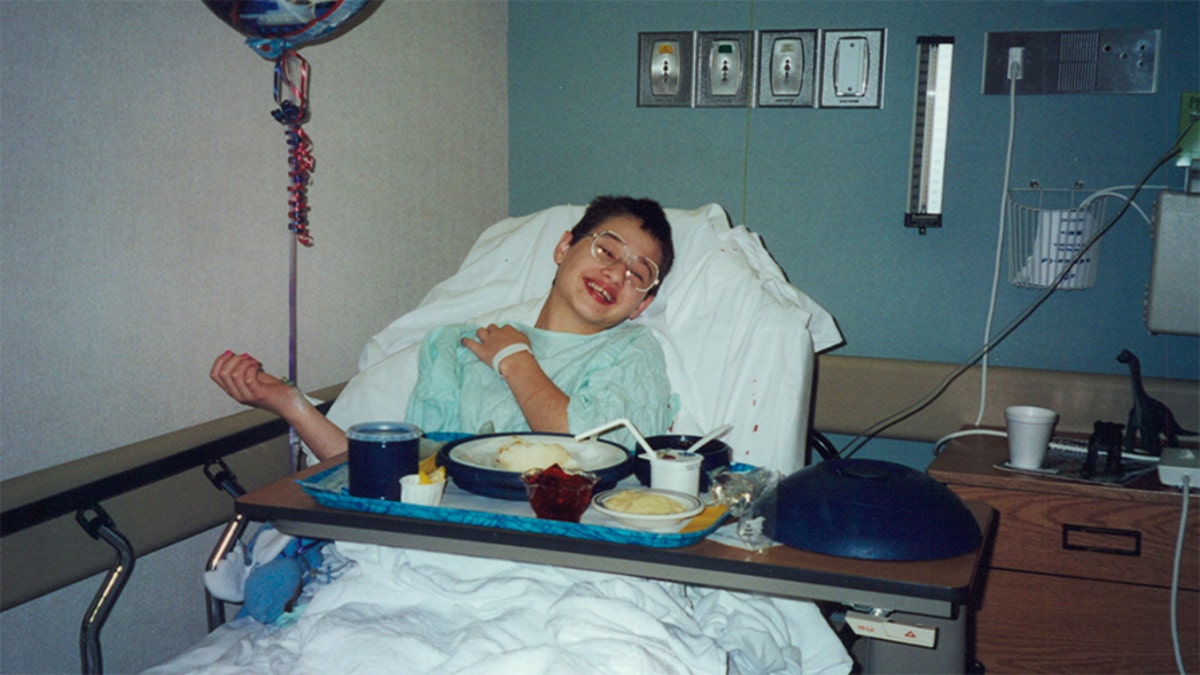Crime scene photos have always held a macabre fascination for many, serving as grim reminders of the darker aspects of human nature. Among these images, those related to gypsies or the Romani people often evoke a complex blend of intrigue and prejudice. The portrayal of gypsies in crime scenes raises questions about societal perceptions, media representation, and the sensationalism surrounding their culture. In this exploration, we will delve into the stories behind these photos, their implications, and the broader discourse they inspire.
From the historical context of gypsy culture to the modern-day implications of crime scene documentation, these images contribute to a narrative that is often misunderstood. Gypsies, known for their vibrant traditions and nomadic lifestyles, frequently find themselves at the intersection of fascination and fear in popular media. As we uncover the layers of gypsys crime scene photos, we will also explore the ethical considerations surrounding their use and the stories they tell about the individuals involved.
In a world where crime scene imagery is often sensationalized, it's crucial to recognize the human stories behind the lens. By examining the context of these photos, we can gain insights into not just the incidents themselves, but also the societal narratives that shape our perceptions of the gypsy community. Join us on this journey as we analyze gypsys crime scene photos, uncovering the truth behind the images and what they reveal about our society.
- Jammerill Stewart Divorce The Untold Story Behind The Split
- Mckinley Richardson Of Leak The Untold Story Behind The Spotlight
What is the Historical Background of Gypsy Culture?
The history of the Romani people, often referred to as gypsies, is rich and complex. Originating from northern India, they migrated to Europe around 1,000 years ago. Over the centuries, gypsies have faced discrimination, persecution, and stereotypes that have shaped their identity and culture.
How Have Gypsies Been Portrayed in Media?
Media representation of gypsies often perpetuates stereotypes, depicting them as criminals or outcasts. This portrayal can lead to a misunderstanding of their culture, which is deeply rooted in tradition, music, and community. Gypsys crime scene photos, when featured in the media, can reinforce negative perceptions, leading to further stigmatization.
What Are the Ethical Implications of Crime Scene Photography?
When it comes to gypsys crime scene photos, ethical considerations play a significant role. These images can be sensationalized, stripping away the humanity of those involved. It's essential to approach these visuals with sensitivity, recognizing the real lives impacted by crime.
- Kirsten Too Sweet Leak The Inside Story You Need To Know
- Karen Finney Husband The Untold Story Behind The Power Couple
Who Are Some Notable Figures in Gypsy Culture?
Throughout history, there have been several prominent figures within the gypsy community who have made significant contributions to art, music, and culture. Their legacies challenge the stereotype of the "gypsy criminal" and showcase the richness of their traditions.
| Name | Profession | Contribution |
|---|---|---|
| Esma Redžepova | Singer | Known as the "Queen of Romani Music," she brought attention to Romani culture through her music. |
| Romani Rose | Activist | A prominent advocate for Romani rights and the preservation of their culture in Germany. |
| Charlie Chaplin (Gypsy Heritage) | Actor/Comedian | Although not fully Romani, his mixed heritage has brought attention to the cultural diversity within the community. |
What Are Some Examples of Gypsys Crime Scene Photos?
Gypsys crime scene photos can vary widely, from depictions of actual crimes involving members of the Romani community to images capturing the aftermath of tragic events. These photos often serve as a stark reminder of the societal challenges faced by gypsies, including poverty and marginalization.
How Can We Change the Narrative Surrounding Gypsies?
Changing the narrative surrounding gypsies requires a concerted effort from both media and society. Education, awareness, and respectful representation are essential in combating stereotypes. By highlighting the achievements and positive contributions of the Romani people, we can foster a more nuanced understanding.
What Role Does Photography Play in Documenting Crime?
Photography is a powerful tool in documenting crime, serving as both evidence and a method of storytelling. In the case of gypsys crime scene photos, the images captured can reveal much about the societal context in which the crime occurred, as well as the consequences for the community involved.
How Can We Respectfully Discuss Gypsys Crime Scene Photos?
When discussing gypsys crime scene photos, it's essential to approach the topic with sensitivity and respect. Acknowledging the humanity of those involved and the cultural context can help foster a more constructive conversation around the issues faced by the Romani community.
What Can We Learn from Gypsys Crime Scene Photos?
Gypsys crime scene photos hold valuable lessons about the intersection of culture, crime, and societal perception. By examining these images critically, we can challenge preconceived notions and work towards a more inclusive understanding of the Romani people and their experiences.
In conclusion, gypsys crime scene photos serve as a complex lens through which we can view the interplay of culture, crime, and societal perceptions. By unraveling the stories behind these images, we can gain a deeper understanding of the challenges faced by the Romani community and work towards a more equitable representation of their culture in the media.
- Dan Bongino Wife Accident The Story Behind The Headlines
- Elon Musks Son Xavier Age Unveiling The Life And Legacy


